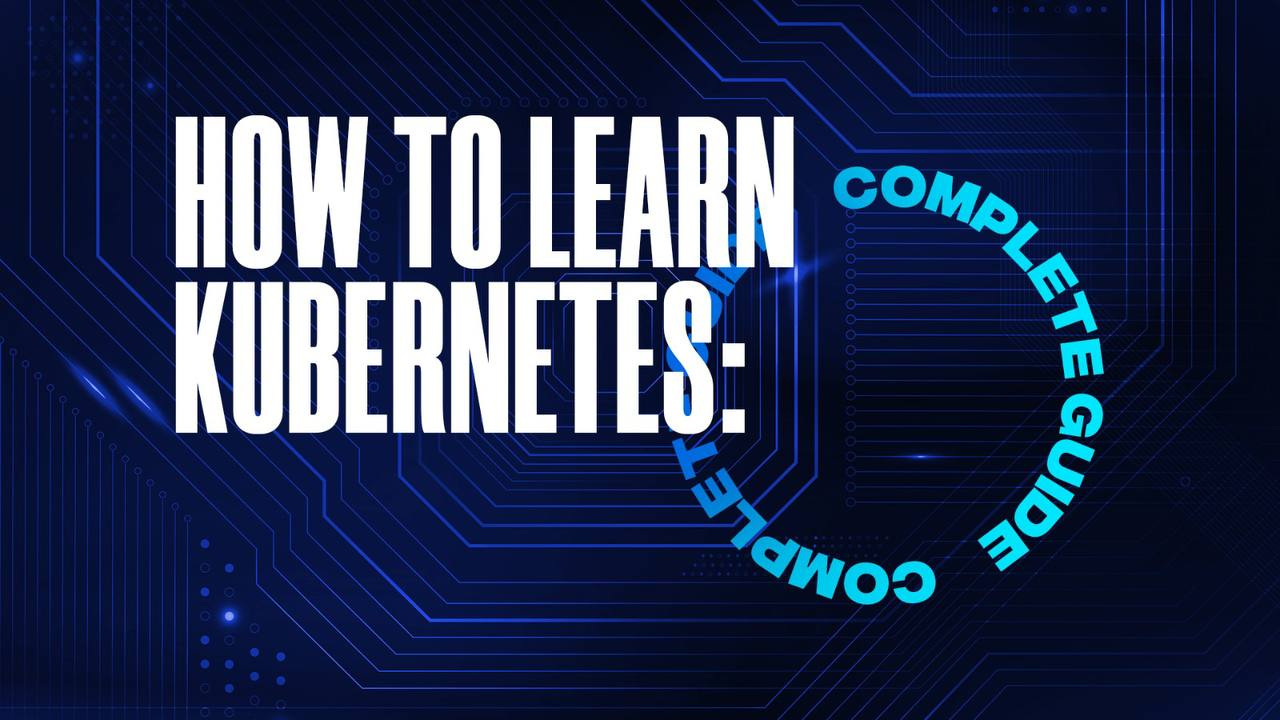How to Learn Kubernetes Without Losing Your Mind
Kubenatives Newsletter - Edition #8
If you’ve ever heard the word "Kubernetes" and thought, “Sounds cool, but where do I even start?”—you’re in the right place.
Kubernetes (or K8s, because who has time for all those syllables?) is the king of container orchestration, powering everything from tiny startups to tech giants like Google. And yes, it’s learnable—even if you’re not a DevOps wizard yet. Here’s your no-BS guide to getting started.
Why Bother with Kubernetes?
Kubernetes automates the messy stuff: deploying apps, scaling them up or down, and keeping them running when servers inevitably hiccup.
It’s the backbone of modern cloud-native development.
Whether you’re a developer, a sysadmin, or just a curious tinkerer, learning K8s is a skill that pays off—think better job prospects, cooler projects, or just bragging rights at the next tech meetup.
Step 1: The Basics (No PhD Required)
First, a quick prerequisite: know what a container is. If “Docker” still sounds like a mystery, spend a weekend with a Docker 101 tutorial—Kubernetes builds on that.
Key concepts to wrap your head around:
Pods: The smallest unit in K8s, like an apartment for your app. One Pod can house one or more containers that need to work together.
Nodes: The workers (servers or VMs) running your Pods. They’re the muscle of your cluster.
Clusters: A group of Nodes managed by Kubernetes, with a "control plane" as the brain keeping everything in check.
Deployments: Your blueprint for running multiple Pods. Perfect for stateless apps (think web servers) that don’t care about identity or order.
StatefulSets: Like Deployments, but for apps that need identity or order—like databases (e.g., MySQL, MongoDB). Each Pod gets a unique name and stable storage.
Services: The network glue that lets your Pods talk to each other or the outside world. Think of it as a phone number for your app.
ConfigMaps & Secrets: Ways to store settings or sensitive data (like API keys) separately from your app code.
Start with the Kubernetes.io docs —they’re dry but gold. Or, if you’re feeling brave, try Kelsey Hightower’s “Kubernetes The Hard Way.”
PS: There are more Kubernetes concepts to discuss but for now, let’s keep it simple.
Step 2: Get Hands-On with a Playground
Theory’s nice, but Kubernetes shines when you mess with it. Set up a local cluster with:
Minikube: Easy mode for beginners.
Kind: Lightweight and fast.
Install one (Google “Minikube setup” takes 10 minutes), then try this:
kubectl run hello-pod --image=nginx --restart=Never Boom—you’ve got a Pod running NGINX. Check it with `kubectl get pods`. Messed up? Delete it and try again. No cloud bills, just your laptop.
Step 3: Level Up Your Skills
Here’s a progression:
Level 1: Master `kubectl`. Try `kubectl get pods`, `kubectl describe pod <name>`, or `kubectl apply -f <file>`. It’s your command-line lifeline.
Level 2: Write a Deployment in YAML. Here’s a simple one to deploy three NGINX Pods:
apiVersion: apps/v1
kind: Deployment
metadata:
name: nginx-deployment
spec:
replicas: 3
selector:
matchLabels:
app: nginx
template:
metadata:
labels:
app: nginx
spec:
containers:
- name: nginx
image: nginx:latest Save it as `nginx.yaml`, then run `kubectl apply -f nginx.yaml`.
Level 3: Expose it with a Service (`kubectl expose`) or play with ConfigMaps for settings.
Step 4: Free Resources to Keep You Going
Interactive: [Kubernetes.io tutorials](https://kubernetes.io/docs/tutorials/) or Play with Kubernetes.
Courses: KodeKloud’s free intro or Coursera’s Kubernetes basics (audit for free).
Community: Follow Kubernetes pros on X or join r/kubernetes for real-world hacks.
Avoid These Traps
Don’t skip the docs—Stack Overflow’s great, but the source is better.
Start small. A single Pod beats a 50-microservice meltdown on day one.
Logs are your friend: `kubectl logs <pod-name>` will save you hours.
Your Challenge This Week
Set up a 3-pod app with a LoadBalancer Service. Stuck? Reply to this email—I’ve got your back. Next time, we’ll dive into scaling, Helm, or maybe K8s on AWS.
What’s your biggest Kubernetes hurdle? Hit reply and let’s solve it—or share your first K8s win!
Keep building.


